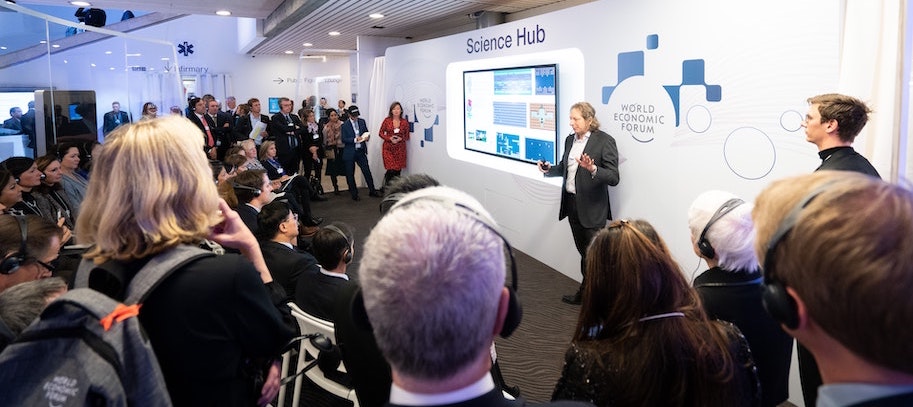
Future Proofing Organizations
Organizational sustainability, viability and stability through meaningful planning and values-based culture work.
I have helped hundreds of organizations and teams in the private and public sectors embark on transformative processes resulting in them becoming more agile, proactive, and aligned so they can thrive now and into the future.
What do organizations need to be impactful?
This question is at the heart of my approach, which invites organizations to explore their core ideology or DNA and ask related questions such as, “Why do we exist?” “What do we stand for?” “What difference will we make (in our community, our country, the world)?”
When an organization looks inward at its core values and purpose, it can design and create an envisioned future and aligned with those values. In this way, it creates a sustainable and financially viable culture, which leads it toward optimum impact on all levels.
“Every model is wrong and every strategy is wrong.” – Roger Martin, Strategist
Strategic planning was created by the US military, focusing on planning for battlefields, by setting objectives, collecting intelligence, then using the intelligence to make informed decisions. When this type of planning moved into the business it was based on predicting the future based on historical trends and data analysis, producing top-down directives. In today’s world, organizations need a different, more adaptive way of planning for the future that encompasses experimentation, pattern recognition and execution by the whole.
An Envisioned Future planning process is a powerful tool for organizations as it actively nurtures a shared understanding of identity, purpose, culture and the values that drive the organization. Once these are in place, everything else follows.
Organization Transformation, Renewal and Long-Term Impact Planning (the evolution of Strategic Planning)
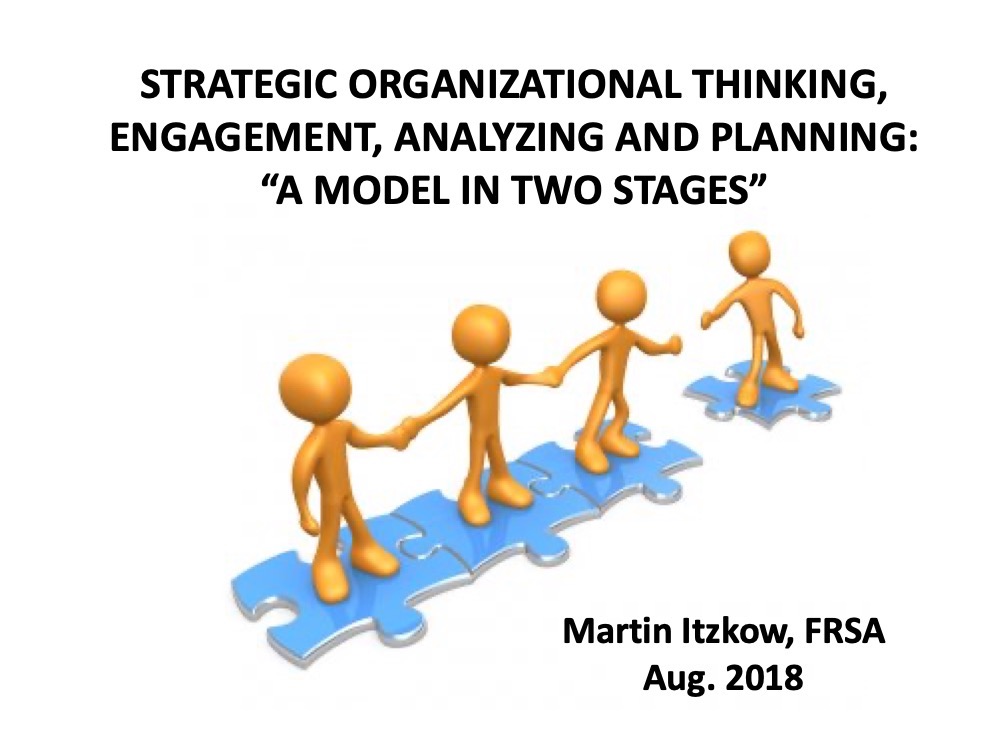
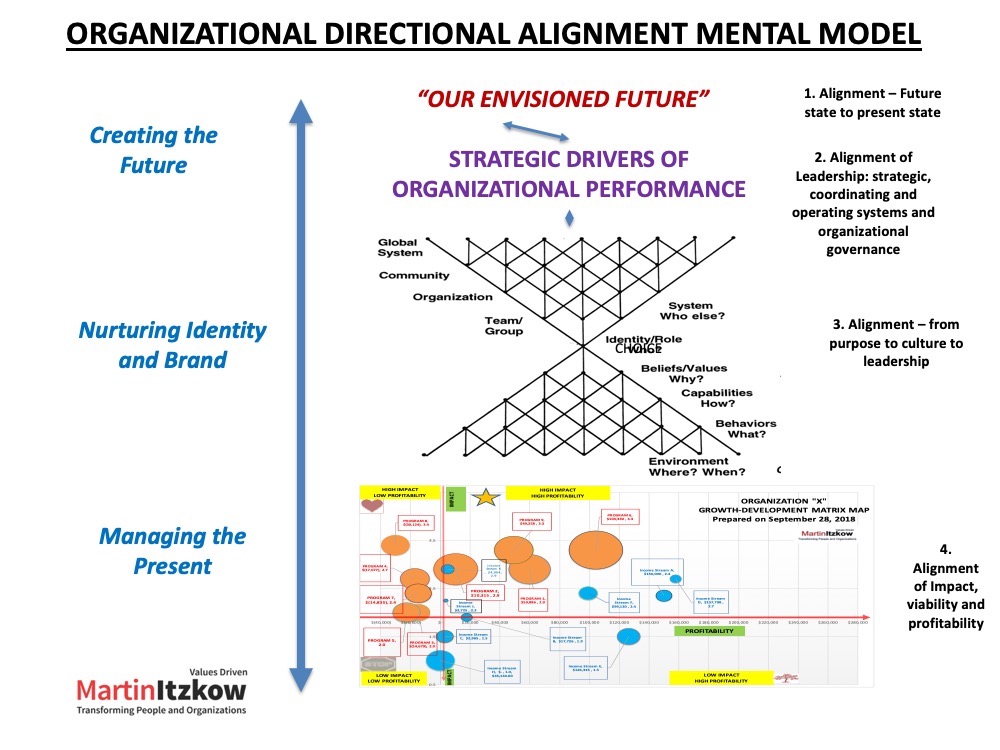
“Mediation Services worked with Martin to develop a strategic direction for the organization. He was clear from the outset that his approach was different than the traditional strategic planning approach, and he was right. Working with him to articulate and define our values, as part of understanding our organizational DNA, was a huge step in creating trust and safety within the team (staff and board) and aligning us around our purpose. As we worked to understand our impact in the community and sustainability as a non-profit, we gained a clear picture of our current state of being and our desired future. We have continued to reference that work to remind ourselves where we have come from and where we are going. Martin uses a variety of tools and processes that encourage engagement, that invites creative contributions from stakeholders, and that can be continually reviewed and updated to monitor and grow the business.”
Christine Ens (she/her)
Executive Director, Mediation Services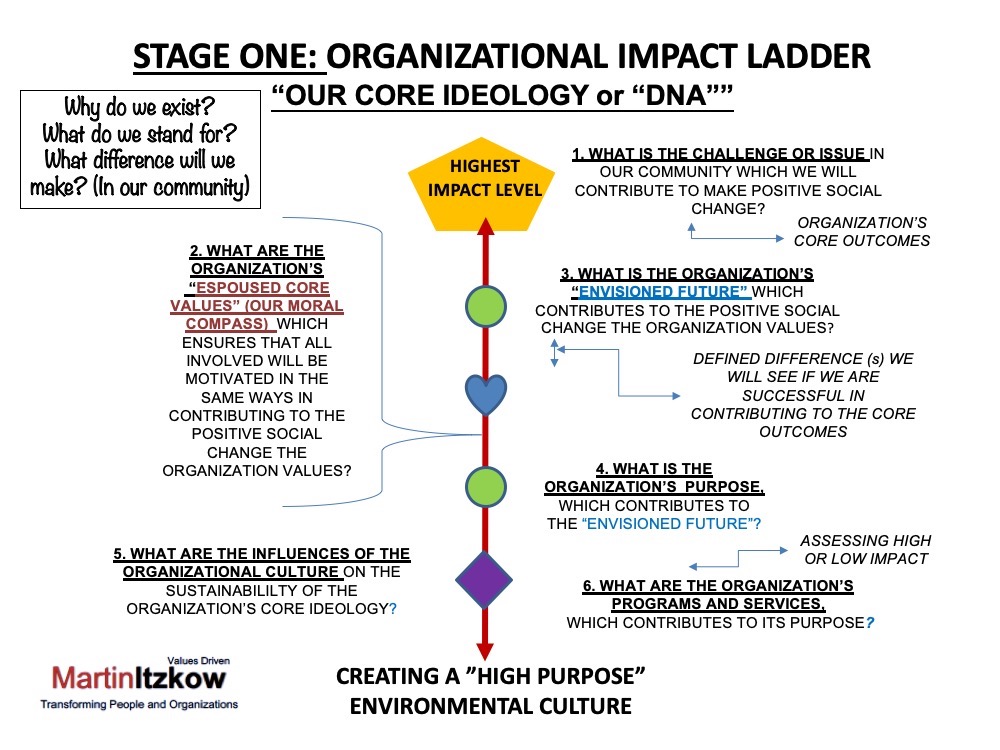
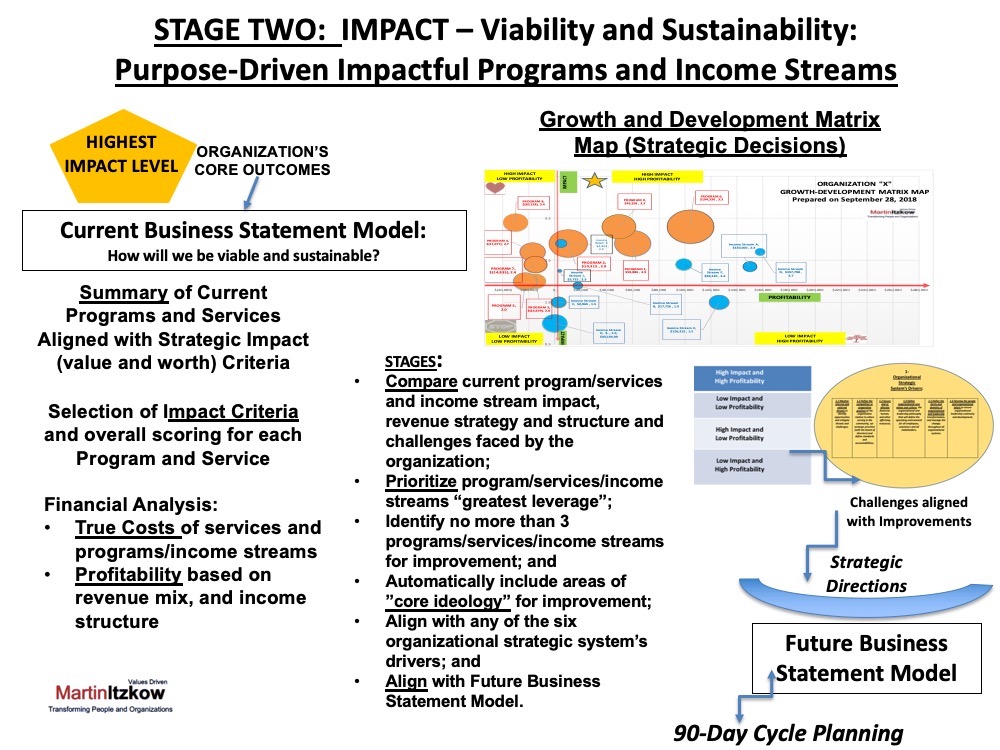
Below are examples of the types of processes and workshops I offer. I also work with organizations and teams to create custom solutions – please get in touch to discuss how I can help you and your organization or team thrive.
Planning
The Trialogue: The Overarching Framework for Organizational Planning (Managing the Present, Creating the Future, Nurturing Identity and Our Culture). View or download the PDF below for more information.
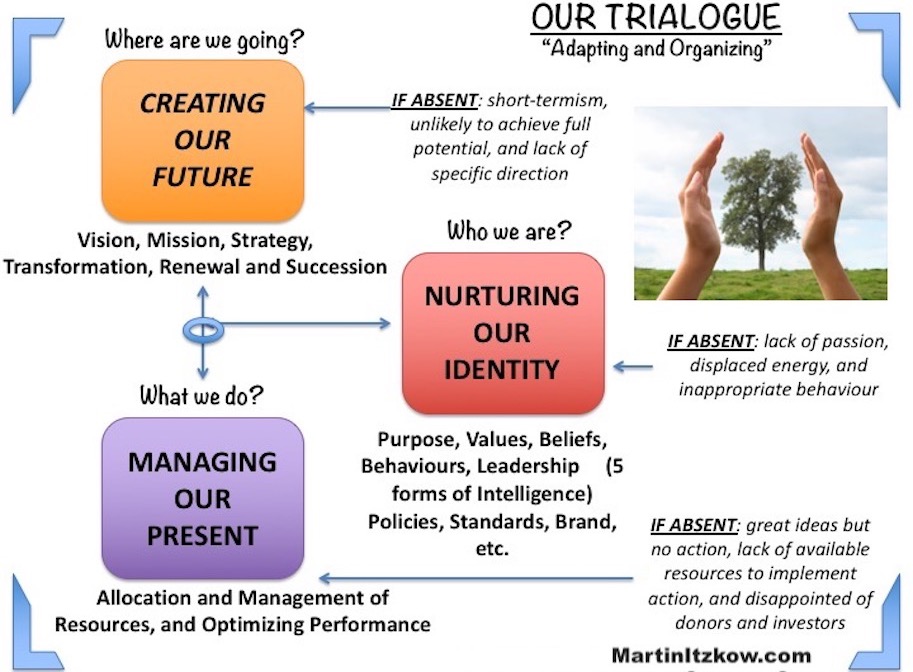
90-Day Sprint Cycle Planning and Execution.
View or download the PDF below for more information.
Collaborative Visualization Approach: To explore opportunities and challenges and translate complex concepts into easily understood actions while engaging those in organizations and communities to apply effective strategic thinking.
Search Conferences
Create a planning session with the “whole system” in the room.
For where and when one organizes complex organizational activities and directions as the world and the ground below you are constantly shifting, and you are facing relentless change and diversity.
Management Performance Conversations, Training, Coaching and Support (replacing traditional performance appraisal)
“[The development session with Martin] brought the team closer together as they looked to the vision of the organization in the future. The result […] was a better understanding of one another, recognition, and value of individual’s strengths and differences. […] Martin has a way of stretching the imagination of what could be when we are willing to think outside our current state.”
Carol Paul
CEOConducting a Dynamic Organization and Community Change Audit
It is important to start an organization or community transformation by providing its leadership and stakeholders with a ‘dynamic and robust Change Audit’. The intention is to seek answers in order to maximize results by conducting an analysis based on the following:
- The purpose of this transformation audit is to increase the chance and reduce the risks to ensure a more successful change initiative;
- Create an analysis of the current reality of your intended change initiative by assessing your current approach and existing culture to change, its likelihood of success, and ultimately, your leadership capabilities to lead and sustain change in your organization or community;
- Understand what is in place to support the change in the short and long-term, the gaps which will reduce the impact, what currently exists which needs enhancement, and pay attention to both weak and strong ‘signals’ about your commitment to ensuring this change will succeed;
- Focus attention on the benefits of a ‘change audit” regarding the collection of accurate and objective information about the change initiative, and provide clear guidance on how to realign efforts to course-correct:
- to avoid repeating mistakes from your previous organization or community history of change;
- to identify strengths and resources to build on;
- to increase efficiencies and results from change;
- To assess specific change efforts linked to anticipated impacts;
- To mobilize internal resources, capability and infrastructure; and
- To create a roadmap to guide the development of this change audit approach.
If your organization wants to transform its culture to one that is caring, compassionate, and resilient, you can count on Martin to stay in the trenches with you and be your trusted guide and mentor! Pam Simmons APR, CFRE
Culture
Organizational Cultural Assessment and Culture Champions
Organizational Alignment Assessment with Sustainable Development Goals
Organizational Governance and Leadership Assessment
Inside Organizational Culture: Preparing to Change it and Make it Work For You.
View or download the PDF below for more information.
Mastering the Culture of Resilient Organizational Planning.
View or download the PDF below for more information.
The Shared Journey of Our Team: Five Individual and Team Practices in Innovative and Interactive Team Cafes.
View or download the PDF below for more information.
Barrett Values Centre Tools
I am a Barrett Values Centre Certified CTT Consultant and am experienced in using their suite of culture development tools including culture assessment, small group assessment, leadership values assessment, and merger/compatibility assessment. I am also a member of the Canadian Values Alliance, which aims to empower Canadian leaders to build successful values-centric organizations and communities.
The PDFs below will give you more information about the Barrett Model and some of the assessments that are available for organizational culture change. Please contact me for more information about any of these.
Barrett ModelTM
Visual representation of the model.
The Barrett Model of Cultural Assessment
Organizational cultural strategic transformation, information A
An organization focusing on wellbeing at work and creating a culture of inclusion of belonging.
Organizational Cultural Strategic Transformation, Information B
What has the Barrett Values Centre discovered about values as a diagnostic tool?
Organizational Cultural Strategic Transformation, Information C
The Barrett ModelTM
